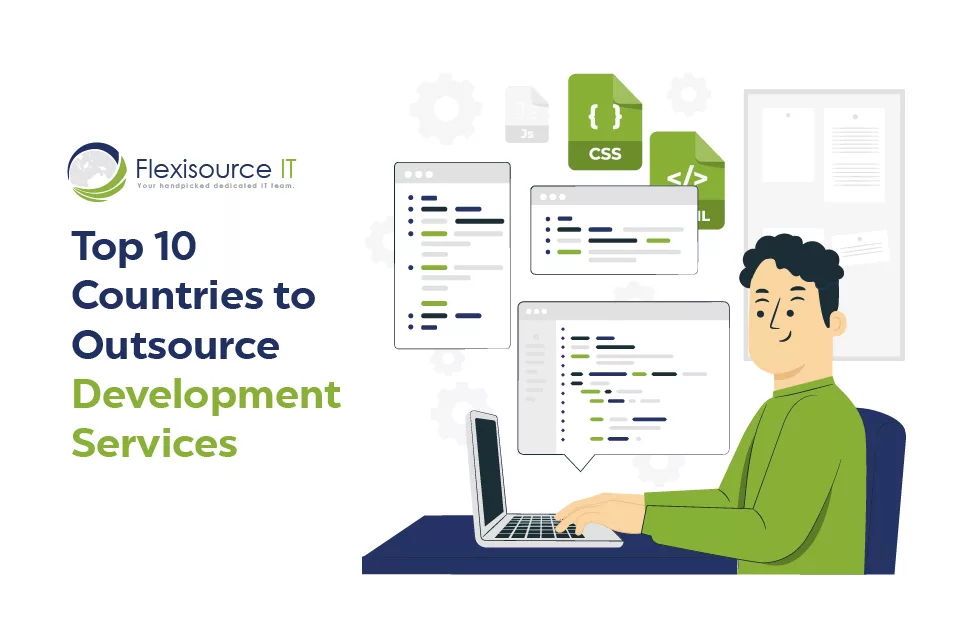What is Agile Software Development? Definition, Principles, Pros & Cons
Agile software development has revolutionised how teams create and manage software projects for years. It has offered many companies and developed teams a flexible and adaptive approach. This framework allowed […]
What is Agile Software Development? Definition, Principles, Pros & Cons Read More »











